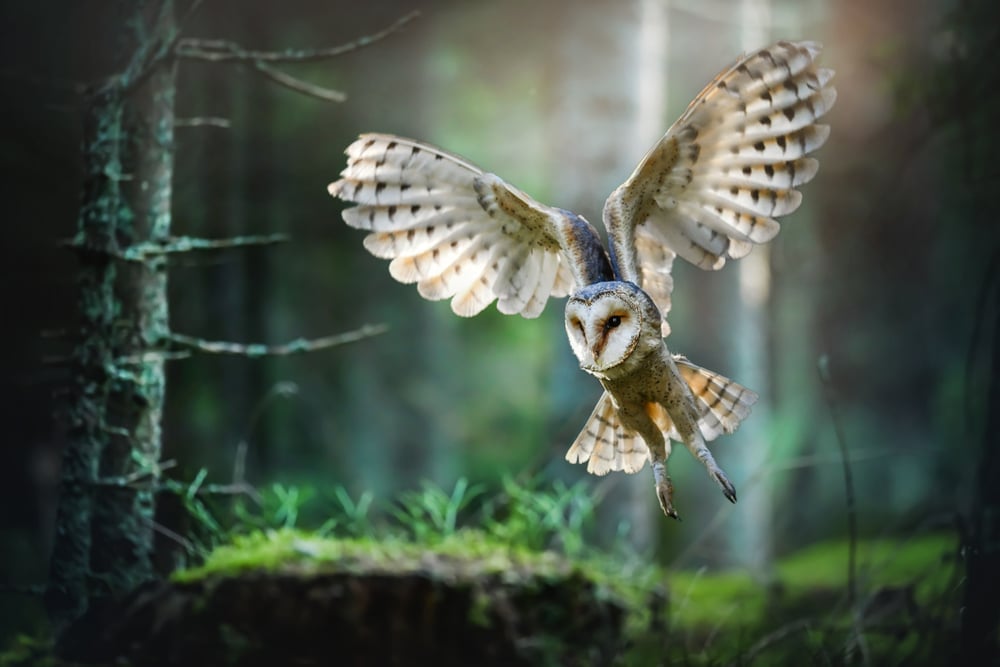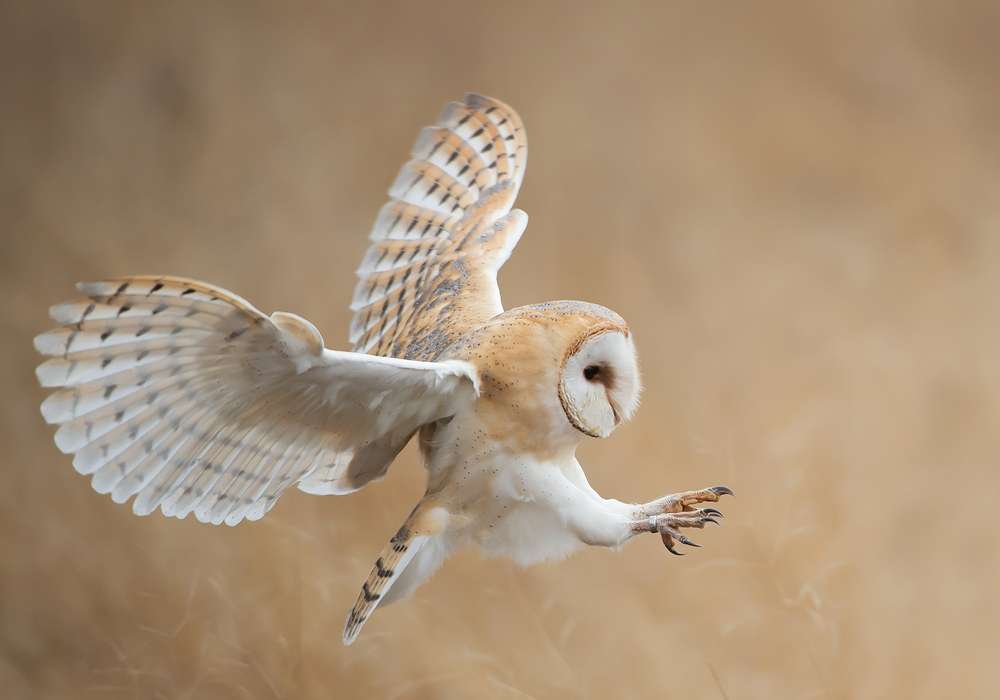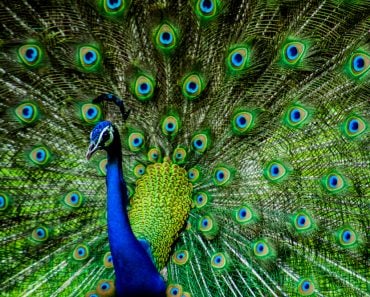Owls land feet first and attack from above using their long slender legs. The bony long legs give them good balance and centralize their body weight when flying. They also allow owls to perch on trees for hours at a time, even in cold climates.
Animals never cease to amaze me. One of my favorite things to while away time is watching funny animal content online. It was on one such day when I came across a barrage of pictures of owl legs, like the one below.

Some owls have more legs than body! They could be the supermodels of the animal kingdom. This obviously made me wonder why owls have such long legs.
Of course, science had the answer. And now Science ABC does too!
Recommended Video for you:
Do Owls Have Long Legs?
It turns out, yes. Compared to many birds, owls do have long legs. However, one must remember that biology is the science of exception, so this doesn’t apply to all owls.
Most owls do have long legs, and there are specific reasons and functions for that.
Silent Assassination
Owls hunt their prey like ninja assassins—silent and swift. Owls land feet first, from above, delivering a fatal blow to their target using sharp talons.
To give them a good attack angle, they need to have long slender legs. Like most other birds that hunt with their legs, owl legs link to an angled pelvis. They also have a long fibula, which allows them to rotate their legs and feet for extra movement.

Moreover, their long legs and the sharp talons at the end allow them to keep their most sensitive organs, their eyes, at a distance. Occasionally, an owl might land one attack with their sharp beaks to finish the job, but the talons do most of the work. They constrict their prey or stab them to death. This avoids any stray attacks from a flailing animal to the owls’ eyes, which can be a death sentence.
Don’t let the word ‘slender’ fool you. Owl legs are strong enough to exert a pressure of up to 30 pounds from the talons onto their prey. They can also carry weights multiple times their own body weight. One popular heavy lifter is the great horned owl, which can carry pet cats up to 4 times their weight!
Soaring Up High
Have you ever seen an owl in flight? With those large majestic wings flapping gracefully to carry their small body, it’s truly a sight to see. It might surprise you to know that those supermodel legs they have also aid in their flight.
Like many other birds, owls have long legs to centralize their body weight. Their thigh muscles are compact and close to the body, and their extremities are bony, long and thin for even weight distribution.
Crank Up The Air-con, Please!
Many owls live in cold climates; the snowy owl and the great gray owl are big fans of the cold. One of the features that allow them to live there are their long bony legs. The thigh muscles of the legs are close to the body; the lower half of their legs being bony with tendons. This lets them perch on trees for hours in the cold without having to worry about frostbite.

These owls also have thick rich plumage to help with the cold. This plumage often extends down to their talons. Still, it helps that the feathers only have to cover up skinny legs, instead of larger muscles.
It’s An Illusion
Owl legs, much like the legs of most other birds, are built differently than ours. If we look at their anatomy, their ankles are quite high up. The obvious backward-facing joint that one could easily mistake as the “knee” of the leg is really the ankle. Whatever comes below is only the lower leg. The foot is also significantly different from ours. They have one long slender bone for a foot, unlike the multiple smaller ones that our feet contain.

This is not to say that birds don’t have knees. They do, but they are much higher and often covered by their feathers. The thighs of a bird are also a lot shorter and more compact, as discussed earlier.
Hence, this leg structure, with high-placed ankles and long lower legs gives many birds the appearance of longer legs. Additionally, most birds stand on their toes. Now, who hasn’t done that for a photo?
Can They Run With Those Long Legs?
Naturally, you must be wondering whether owls can use these long and strong legs to run. Technically, yes, owls can run. And yes, they would make for very fast sprinters. The burrowing owl can be seen running on the ground and even running to catch their prey.

However, they are the exception. Most owls prefer to use their strong legs to perch on trees for long hours and fly down to hunt. You might even catch some owls standing on one foot. With one backwards-facing talon for grip and three forward-facing ones, owls have great balance, even on just one foot. Therefore, they often switch between legs to avoid straining either one while standing for hours.
Want To See Some Owl Legs?
The best time to see an owl’s legs is when they sweep down to hunt their dinner. With long angled legs stretching out 4 sharp talons, their legs definitely demand an audience. Just make sure those talons aren’t coming for you.
If you’re in the southern parts of America, consider yourself lucky. Burrowing owls can be found year round in parts of Florida and Mexico. You can find them walking and running on the ground. The reason for their name is because they often use their legs to burrow into the ground where they nest.

Owls stand out from most birds as particularly majestic creatures. It’s not just the long legs that catch your eye. The eyes of the owl, unlike most other birds, are similar to our own eyes. This is because they face forwards, giving them an almost human appearance. This could explain why there are so many legends about them and why so many cultures revere them. And also why there are tons of pictures of them online!












